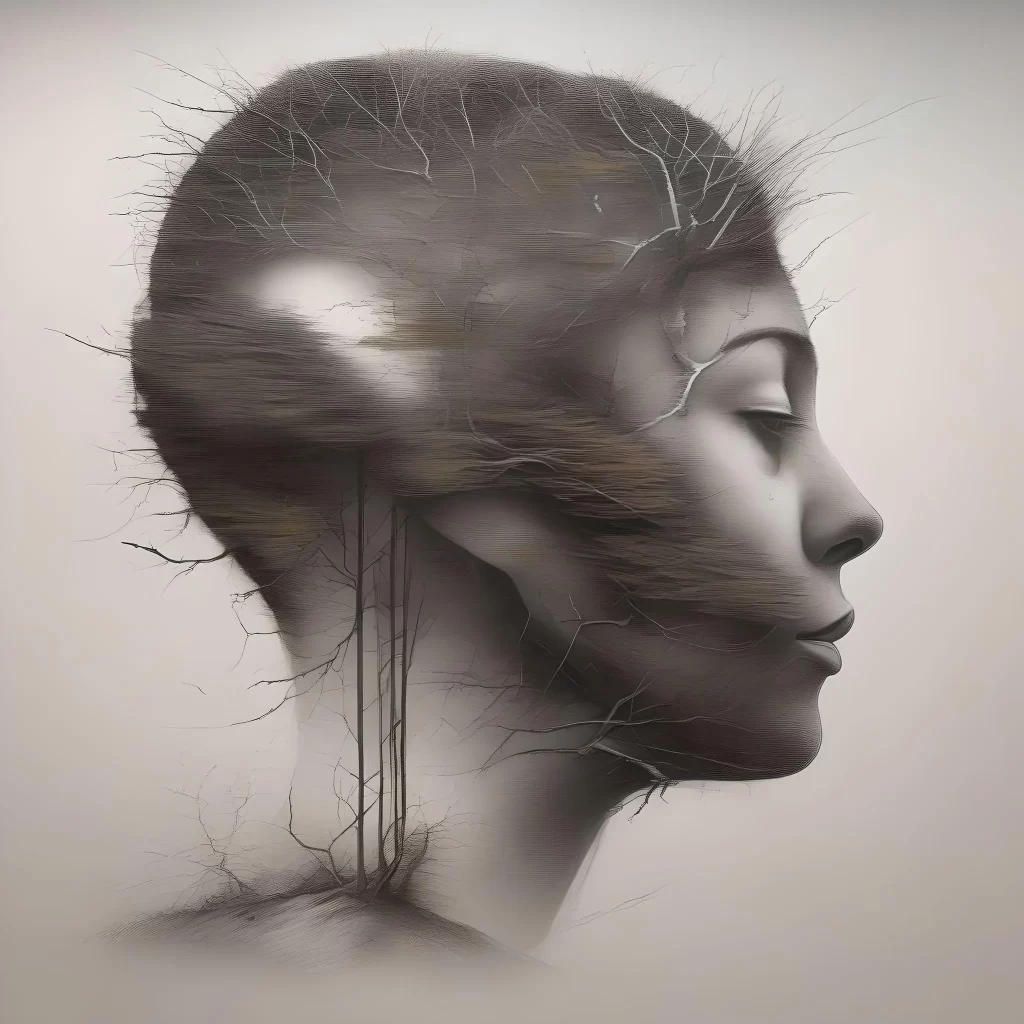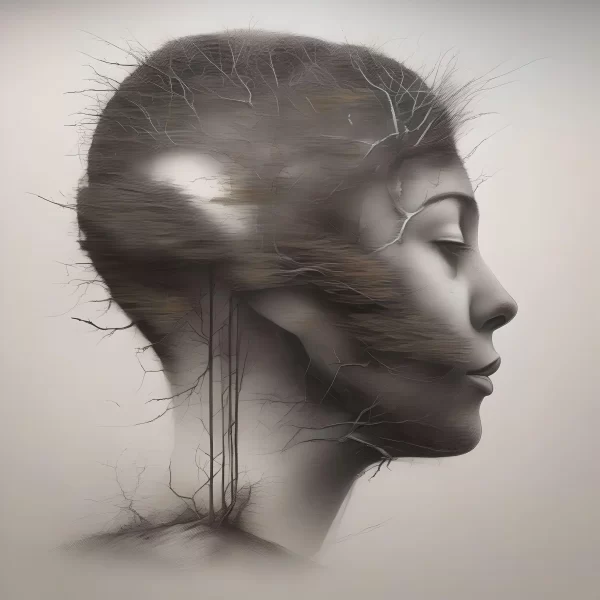Let’s talk about trauma—what it is, how it lingers, and the hopeful journey towards healing. In my years as a therapist, I’ve walked alongside many who carry the silent echoes of trauma, both as children and, more covertly, as adults. The chaos that can ensue within the foster care system, the scars left by sexual abuse, and the discovery of our “inner child”—that tender segment of our persona that remains stuck in time, grappling with past trauma in solitude, never fully maturing—have all been part of my professional journey.
Key Takeaways
- Inner child work and cognitive behavioral therapy are more than clinical terms; they’re pathways to healing emotional wounds and rebuilding cognitive foundations shaken by trauma.
- I’ve learned that a little empathy goes a long way. Offering validation is like extending a warm blanket to someone in the cold—it comforts and fosters emotional healing.
- Healing is about empowerment, finding strategies that work for you, building a network of support, and forging trust-based relationships.
- Forgiveness? It’s a personal quest, a way to process grief, confront deep emotions, and ultimately, reclaim your power, freeing yourself from the grip of past hurts and moving forward.
Unraveling Trauma
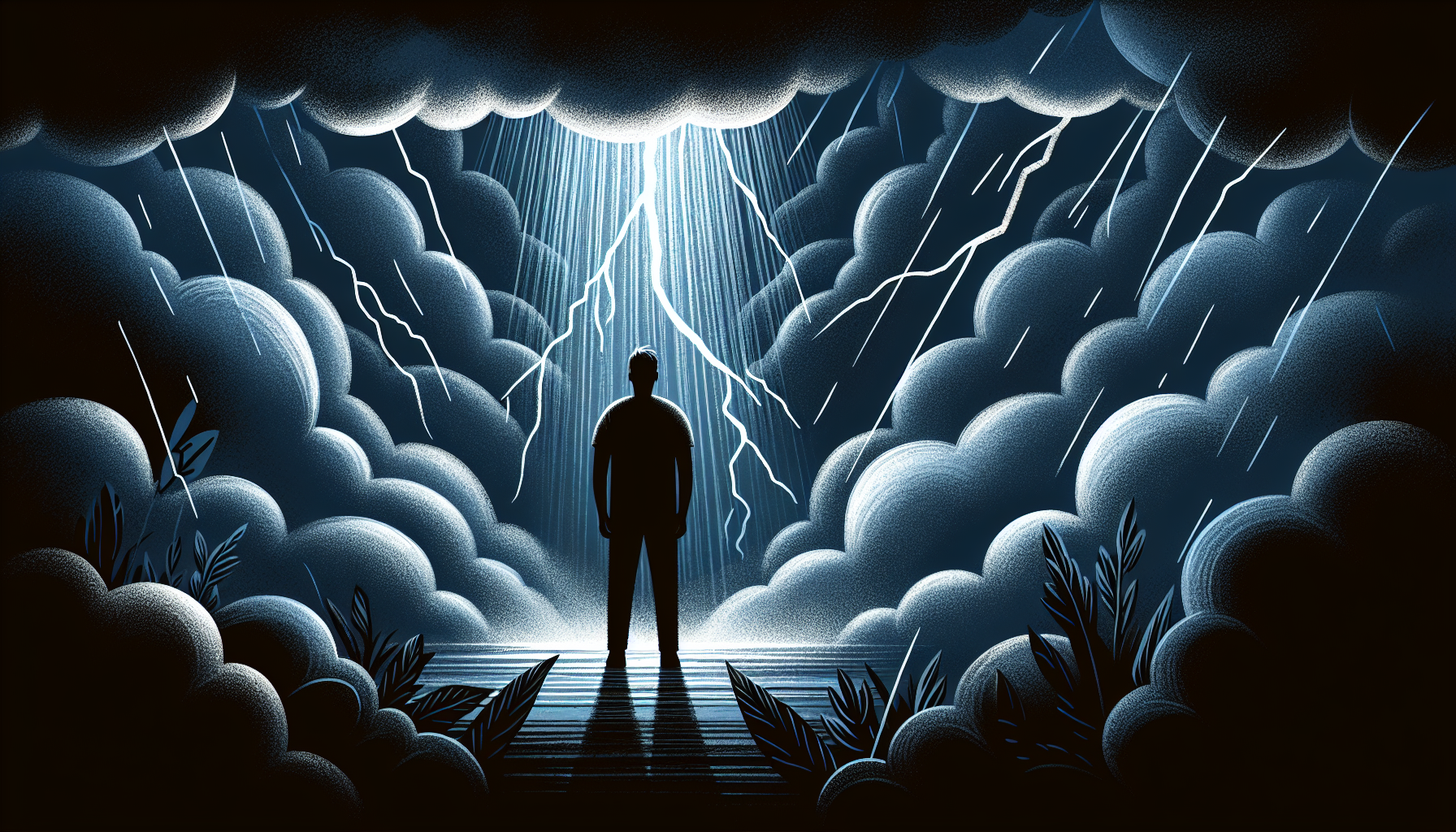
Let’s gently peel back the layers to truly understand trauma’s profound impact. Imagine trauma not just as a past event, but as a persistent, unwelcome visitor that can throw off our emotional balance, lingering into our adult lives.
Think of a traumatic experience as a stone thrown into the still waters of the mind; the ripples can be far-reaching, and each person feels the waves differently. Some may face a single, life-altering moment, while others endure a series of waves that beat relentlessly over time, each leaving its distinct mark on their psyche.
Now, the way trauma shows up in our lives can take many forms. It might come as a wave of emotions—sorrow, worry, or even a fiery anger that surprises us. For some, it’s a psychological storm, brewing into serious conditions that cloud our mental skies. Others might find their very thoughts about the world around them have shifted, casting shadows over their sense of safety, self, and hope for the future.
And let’s not forget those triggers—like sudden thunderclaps, they can cause us to involuntarily relive our darkest moments, jolting us back to a time we’d rather leave behind. These triggers are deeply intertwined with a vast network of trauma that lingers in the recesses of our minds, waiting to be acknowledged and healed.
Early Life Echoes: The Inner Child Uncovered
The concept of the ‘inner child’ is really powerful when we’re trying to understand how our past, especially those tough experiences, keeps affecting us in the here and now. Picture this inner child as the keeper of all those raw emotions and memories from when we were little. It’s like they’re in charge of how we react to the world today. When we don’t sort out the traumas from back then, especially the ones caused by people we really trusted, they can pop up unexpectedly in our adult life, throwing a wrench in our relationships and our emotional and mental well-being.
You see, childhood trauma has this sneaky way of setting up all these subconscious responses that sneak into our adult behaviors and the way we connect with others. These early experiences are like echoes from our past that end up shaping how we see and interact with everything around us. Take someone who’s been through trauma, for instance. It can completely mess with their mental map, leaving them with a self-image that’s all about fear, looking at the world as a scary and threatening place, and feeling like there’s not much to look forward to.
Recognizing the deep and lasting impact of childhood trauma is super important. We’ve got to face it head-on to tackle its long-term effects on our adult lives.
There’s a lot of research that tells us that the more childhood trauma someone has been through, the more likely they are to develop these insecure attachment styles. And that’s a big deal because it can really mess with how happy they are in their relationships as adults and can even bump up the chances of them feeling depressed. Working through these emotional blueprints from way back when is key to lessening their hold on us, helping us grow and find a bit more joy and peace throughout our adult lives.
Validation: A Lifeline for Adult Children
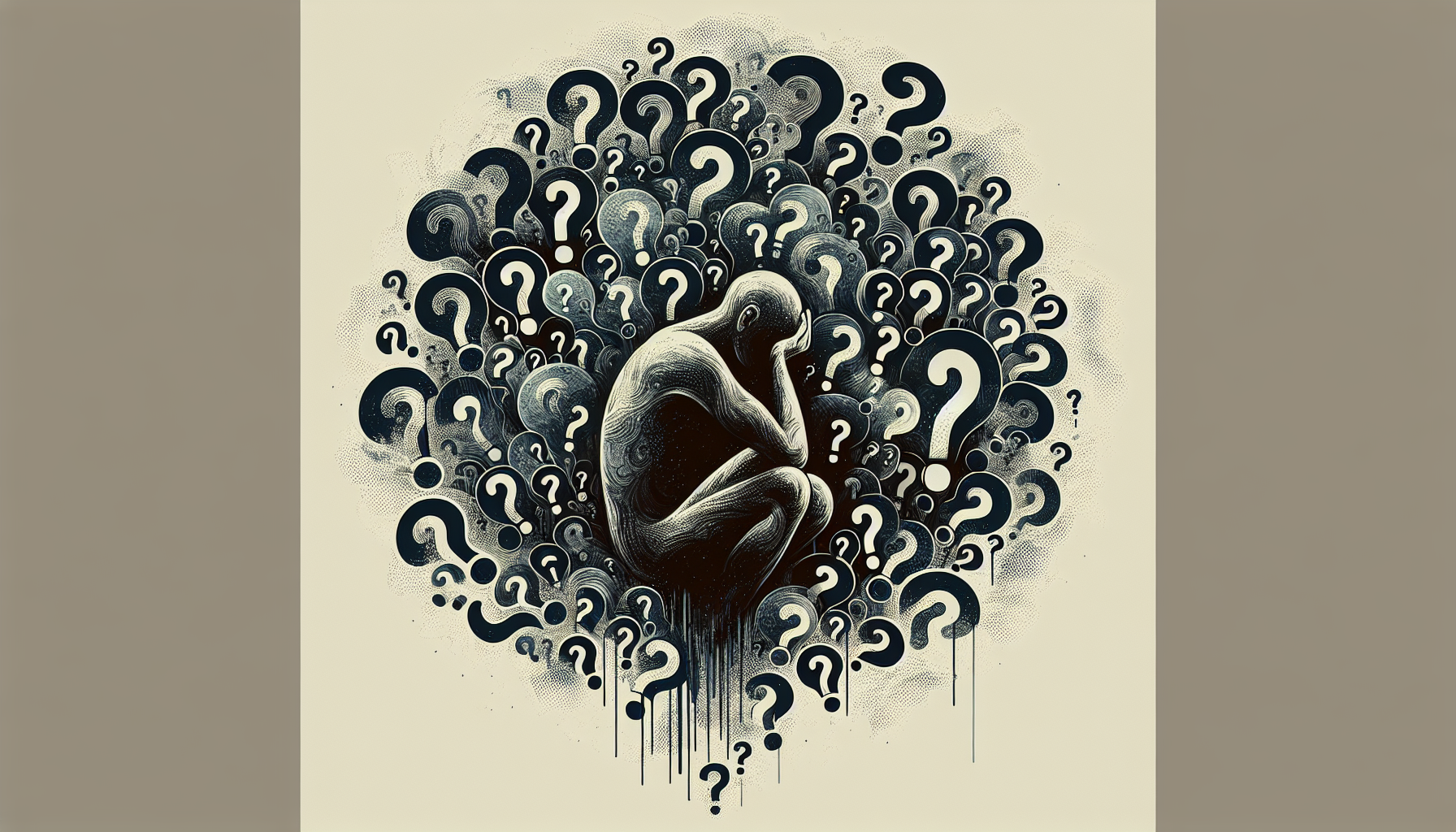
The term “adult child,” first used by Adult Children of Alcoholics (ACA), describes individuals whose childhood experiences of uncertainty deeply affect their adult life. I get it—it’s tough when it feels like no one really sees you or gets what you’ve been through.
Validation is like a breath of fresh air when you’ve felt suffocated by invisibility. It’s in those moments when you’re genuinely acknowledged and seen that the earth beneath you seems to shift – it’s like someone reaching out and saying, “I see you,” and that simple act of compassion is powerful. When we’re acknowledged by those we respect, it’s like a weight lifts off our shoulders. Conversely, when we’re overlooked, our pain shouts back at us, louder and more insistent. But here’s the thing—when someone listens, and I mean really listens, and offers a shoulder or a kind word after we’ve bared our souls, it’s monumental. Support and understanding, especially after we’ve taken the terrifying step to share the vulnerable parts of our stories, are vital.
Many carry the weight of unacknowledged trauma, and the fear of opening up and facing criticism can be paralyzing. But breaking that silence is powerful. It’s transformative. When we create spaces where every story is honored, healing can truly begin. Being listened to and understood isn’t just nice—it’s crucial for those who’ve faced abuse and neglect. It’s a cornerstone in rebuilding self-worth and finding the strength to empower ourselves, as ACA so wisely advocates.
The Protective Denial of Early Trauma
During my childhood, the separation of my parents was a pivotal event. I resided with my mother and the man who assumed the role of my father, and I idealized them, believing they could do no wrong. To cope, I labeled myself the troublemaker, a shield against acknowledging their flaws. It wasn’t until a college assignment—a reflective essay on my life—that I confronted a distressing memory from my youth. I had conveniently blamed my absent biological father, who was an easy scapegoat due to his absence. The notion that my mother and stepfather were anything less than perfect was too harrowing to bear, so I avoided it.
In my capacity as a therapist, I’ve come to understand that truly knowing ourselves is deeply rooted in our history—it calls for a bold plunge into our past with honesty and a readiness to scrutinize without casting blame. It’s less about assigning fault and more about traversing the emotional maze, enhancing self-awareness to better care for our needs, and fostering the most genuine version of ourselves.
The trio of forgiveness, accountability, and acceptance is central to emotional growth. Recognizing our inner child is a pivotal move towards our own healing. In my therapeutic approach, I stress the significance of acknowledging this aspect of our identity and extending empathy to ourselves as well as to the individuals from our past.
Compassion: The Full Spectrum of Human Nature
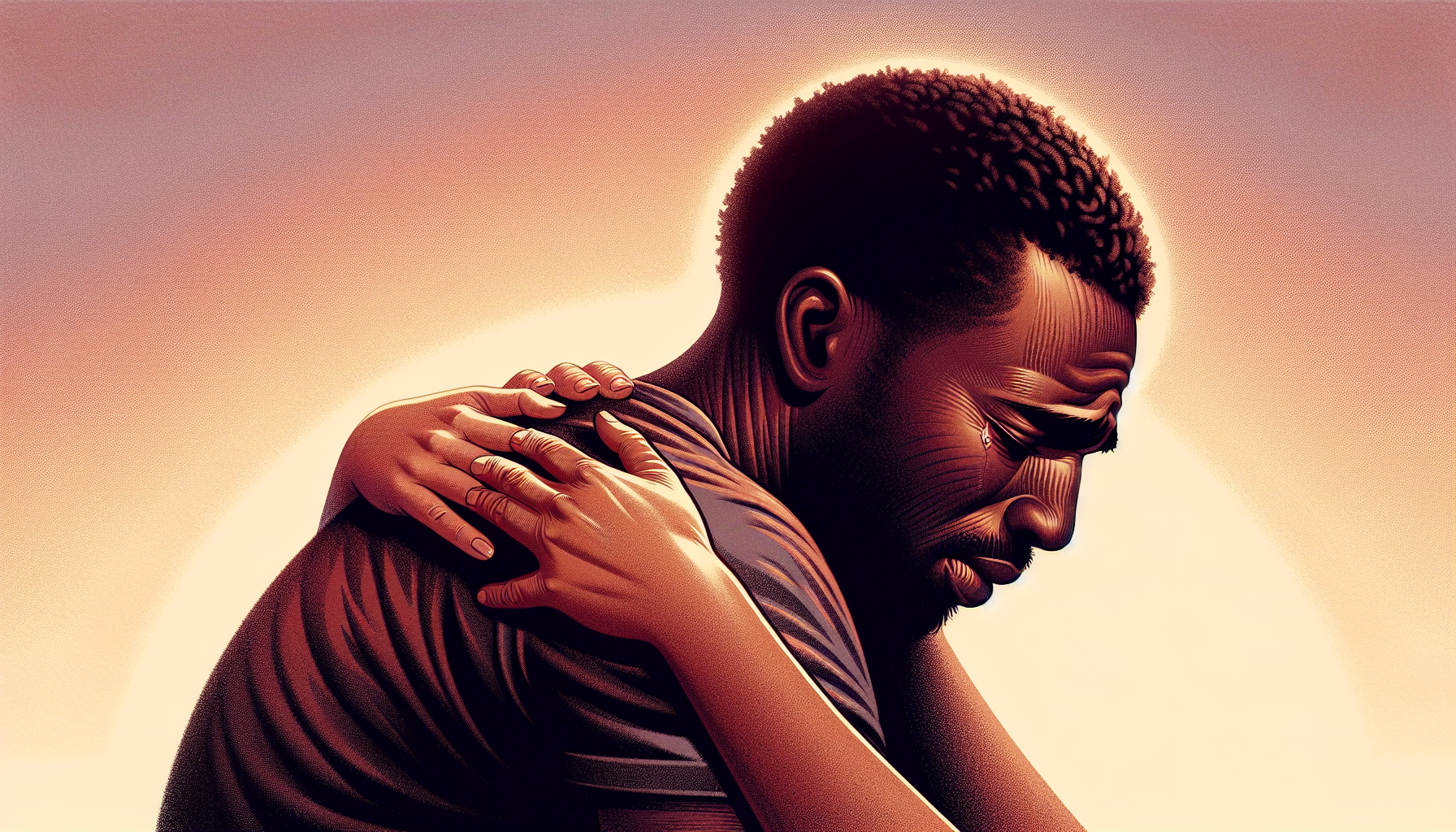
True compassion is impartial and encompassing, yet it is a challenging ideal, particularly for those who have endured trauma. To some, it may seem incongruous, even objectionable, to discover that my therapeutic practice has included sessions with sex offenders and individuals with a history of violence—some relationships extending over two years. My commitment to supporting survivors of childhood trauma is unwavering, informed by my extensive experience in helping children overcome the scars of emotional, physical, and sexual abuse. This commitment stands in stark contrast to my willingness to help those who have caused such trauma, including sex offenders.
Why would I offer my support to these individuals, who are often quickly judged and condemned by society?
Back in my twenties, a time of exploration and growth for me, I delved deep into spirituality and different religious teachings. That’s when I first grasped the true essence of compassion. To make a real impact, I learned, I had to accept the full complexity of human nature – the good and the evil. While some of my peers might hesitate to take on such difficult cases, I believe that to truly appreciate the light in our lives, we must be willing to understand the darkness. It’s about embracing the whole spectrum of the human experience, recognizing that the most profound healing often involves confronting the darkest corners of our souls.
Compassion isn’t about excusing harmful actions; it’s about acknowledging the pain inflicted and recognizing its wrongness. Yet, in the realm of healing and recovery, compassion stands out as a powerful tool. It helps us grasp the full range of human behavior—the good and the not-so-good. This work is tough, no doubt, but it’s a vital part of growing emotionally and finding peace with past hurts.
Self-Compassion: The Antidote to Self-Blame
Think of self-compassion as a tool for disrupting the harsh cycle of self-blame. It’s about treating yourself like you would a loved one – with kindness – recognizing that you’re not alone in your struggles and maintaining a balanced view of your emotions. Research shows that self-compassion can ease the symptoms of PTSD and is linked to biological signs of decreased stress, which means a more emotionally balanced you.
In my years of working with children and adults who’ve survived sexual abuse, the depth of their pain is profound. Often, the abuser was someone who “groomed” the child – to earn a deep level of trust and admiration – leaving them in a whirlwind of confusion, doubt, and self-blame.
The damage of blaming oneself or being blamed by others can intensify feelings of guilt and shame. On the flip side, empathy and understanding can validate a person’s feelings, helping them see their reactions as normal responses to abnormal events. This understanding is key to cultivating self-compassion, which offers a gentle reprieve from the emotional wounds of trauma, aiding significantly in the healing journey.
The Blame Game: Navigating the Pitfalls

Post-trauma, it’s not unusual for individuals to default to assigning blame as a coping strategy. It’s part of our nature to search for reasons behind our distress, and often, this search leads to pointing fingers at others, like our parents, which can trap us in a helpless mindset. This perpetual cycle of blame can wreak havoc on our present and prospective relationships, impede the development of understanding and compassion, and act as a significant barrier to our healing journey.
In my therapeutic practice, I have seen many adult children trapped in a cycle of blame. This chronic blame game, while initially tempting, does not foster healing or growth in the long-term. It’s a garden of bitterness that can seep into all areas of life, influencing behaviors and attitudes negatively.
Blame offers a convenient shield against our own deepest insecurities and life choices. It’s easier to point fingers at others than to face our own uncertainties and decisions. However, the more we focus on other’s faults, the less we can focus on our own progress.
Blame can often make us feel like we’re at the mercy of everything that’s happened to us, leading to feelings of powerlessness and growing bitterness. This blend becomes a toxic brew that, if left unchecked, can spread insidiously over time. Acknowledging that our identities are not solely shaped by these external forces is paramount. Embracing responsibility for our current actions, while it may be difficult, is the cornerstone to escaping this mental snare and reclaiming our inherent power and autonomy.
From Blame to Empowerment and Forgiveness
Recovery from trauma is a journey, much like navigating the stages of grief. It’s a path where we come to terms with lost innocence and the shattering of our once-trusted beliefs. Along the way, it’s normal to encounter a whole gamut of emotions, and yes, blame is often one of them. It’s a natural response to hurt, giving rise to anger that can run deep.
Forgiveness, though, that’s where the healing takes a turn. It’s tough for many of my clients to even consider it at first, and that makes sense. But here’s the thing about forgiveness—it’s not condoning what happened; it’s about cutting the chains of bitterness that are weighing down your soul. It’s a step towards taking back your life, recognizing that you have the power to change your narrative and direct your own healing journey.
Owning your story means embracing where you stand in your life right now and understanding the control you have over your next chapter.
And you know what helps on this trek from blaming others to claiming your own life? Setting clear boundaries, practicing self-care, and nurturing a mindset that embraces growth. It’s a transformative shift, one that moves you out of the blame game and into a space where you can make choices that build a healthier, happier future for yourself.

Integration and Moving Forward
Our lives are essentially an ongoing quest to find meaning, reconcile our past with our present, and strive toward a future filled with inner peace. This echoes the theoretical insights of Carl Jung, who speaks to the evolution of the psyche through different stages of life, and Robert Kegan, who conceptualizes life as a series of “evolutionary truces” that test our self-concept and relationships. These challenges either propel us towards growth or plunge us into despair.
In a supportive environment that offers both challenge and support, individuals can confront life’s “natural emergencies” and emerge with a heightened sense of self-awareness and fulfillment. It accentuates the need to cultivate a self that is both cohesive and self-governing, serving as the bedrock for a life that is both joyful and complete.
Support Networks: Finding Your Tribe
Identifying the right support network is essential for healing—after all, associating with the wrong crowd can be just as damaging. A supportive community offers a beacon of hope, resilience, and a significant positive influence on mental and emotional health. Being in the company of understanding individuals, be it friends, family, therapists, or support group members, fosters a nurturing environment. These connections create a compassionate space for dialogue, self-expression, and personal growth.
The saying “It takes a village to raise a child” is deeply relevant, emphasizing the collective effort required to support and guide an individual towards healing and recovery.
Trust, Intimacy, and Partner Selection
Reestablishing trust and intimacy in relationships poses one of the greatest challenges. Trauma can lead to difficulties in intimate relationships, specifically in communicating effectively and expressing needs to a partner. It can also manifest a fear of abandonment and a struggle with trusting others, which are barriers that contribute to building intimacy and trust in relationships.
Understanding and changing one’s patterns in partner selection is also key to healthier relationships.
Research indicates that adult children of alcoholics often seek out partners who have substance use or mental health disorders, similar to the environment they grew up in. This pattern may be a way of unconsciously replicating their childhood experiences. Awareness of these patterns enables individuals to break the trauma cycle and make better choices for their well-being.
Post-Traumatic Growth and Altruism
Enduring trauma is undeniably challenging, yet it propels us into a profound self-discovery journey. In the aftermath, we are presented with the chance to transform our suffering into a source of strength, particularly through acts of service to others. When life doesn’t hand us the miracle we seek, we have the potential to become that miracle for someone else. This act of giving not only facilitates our own healing but also connects us with others, fostering a sense of self-worth, community, and purpose. Through this process, we transform our pain into a force for good, joining others in a collective mission to heal and make a difference. I have personally witnessed the remarkable healing that arises from choosing to be a beacon of hope and resilience, and I advocate for this path as a powerful avenue for recovery.
Conclusion
Although the journey to recovery is fraught with challenges, it is a voyage toward enlightenment, personal development, and, ultimately, healing. This journey demands that we peel back the layers of our history, recognize the profound effects of trauma, and take proactive measures toward our own healing. We learn to accept the full range of human experiences, acknowledging that while our past has molded us, it is not a life sentence. Our history provides valuable lessons, yet it does not dictate our future.
Frequently Asked Questions
What is the term adult child?
An “adult child” refers to an individual whose adult behaviors and choices are heavily influenced by formative experiences of uncertainty or fear during childhood, a concept recognized by the Adult Children of Alcoholics (ACA) organization.
How is emotional trauma treated?
Emotional trauma is treated through therapy such as trauma-focused CBT or cognitive therapy and exposure therapy, which can help victims manage symptoms and restore a sense of safety and self-love. Therapy helps individuals face frightening situations and memories in a safe environment, improving coping skills and reducing the likelihood of developing chronic PTSD.
Does trauma ever go away?
The effects of trauma may never completely go away, but with proper treatment, they can be managed to make them less severe and allow for a normal life.
How do I heal from trauma?
To heal from trauma, it’s important not to bottle up your feelings and to talk to someone who can support and understand you. Keep to your normal routine, stay busy, and don’t let the trauma confine your life. Take your time to get back to normal.
What are the 3 types of trauma?
The three main types of trauma are acute, chronic, and complex. Acute trauma occurs from a single incident of injury, chronic trauma from repeated and prolonged events, and complex trauma from exposure to varied and multiple traumatic events.
Get Help
You don’t have to navigate the healing journey alone; professional support is available to guide you every step of the way. At Optimind Counseling, our team offers trauma-informed care through workshops, group support, and personalized therapy to address your unique needs. Reach out to learn how we can support your path to healing.
About the Author
Albert Nguyen is a seasoned psychotherapist dedicated to enhancing mental wellness through Optimind Counseling. Specializing in anxiety, depression, and peak performance, Albert offers an eclectic and integrative approach tailored for children, teens, and adults. Discover transformative mental health care and start your journey to well-being. Connect with Albert for a personalized path to mental wellness here.




